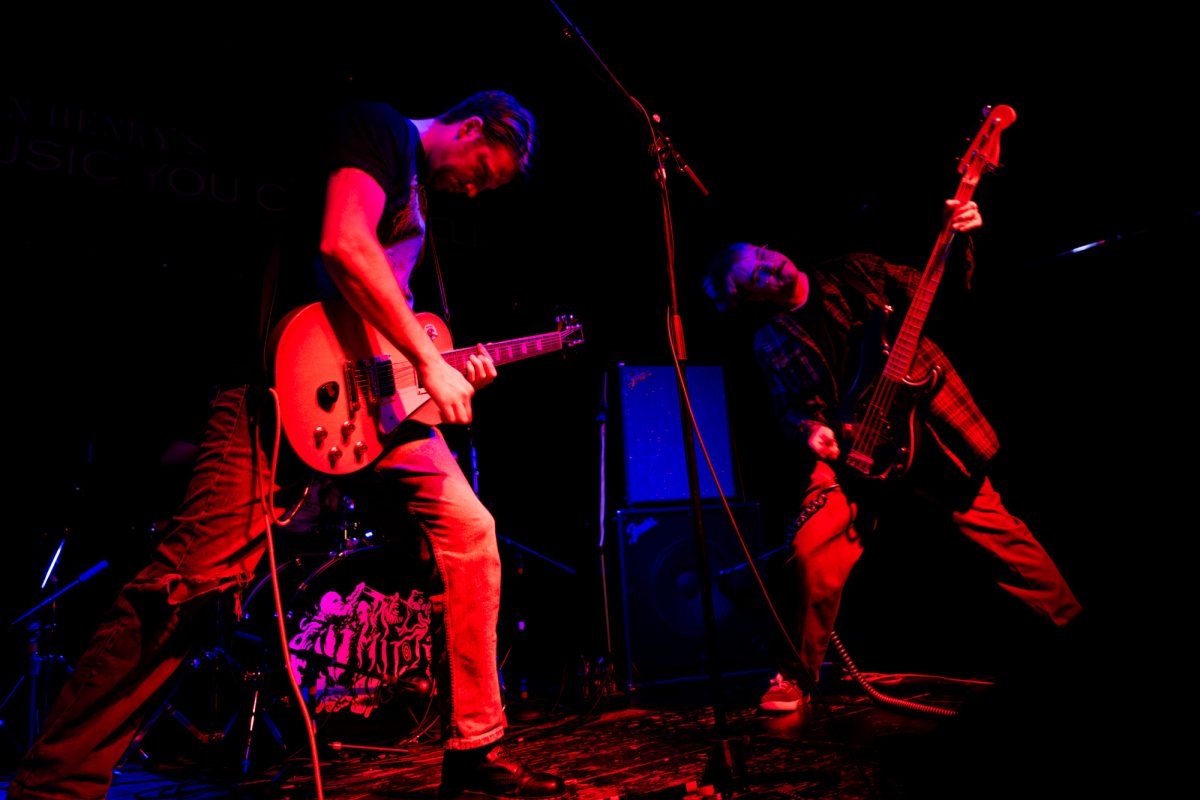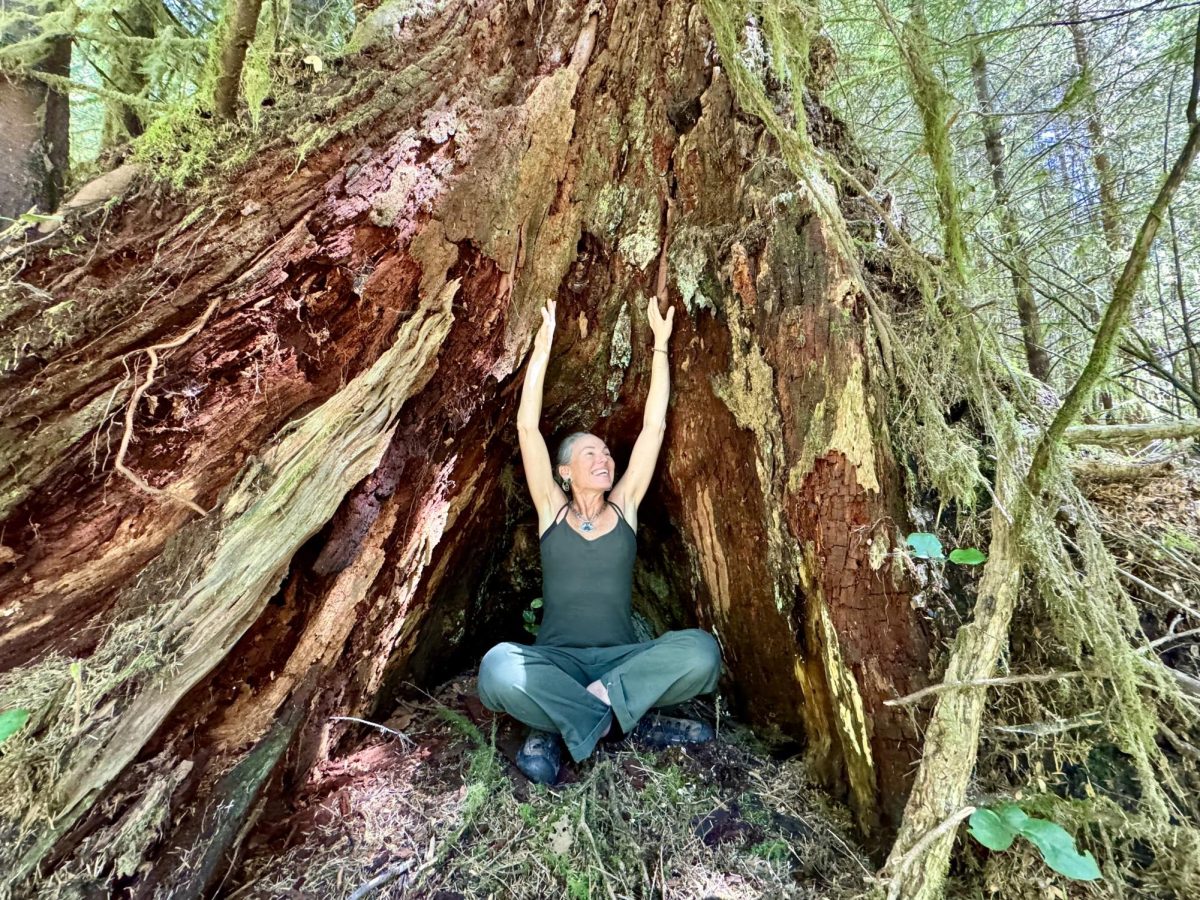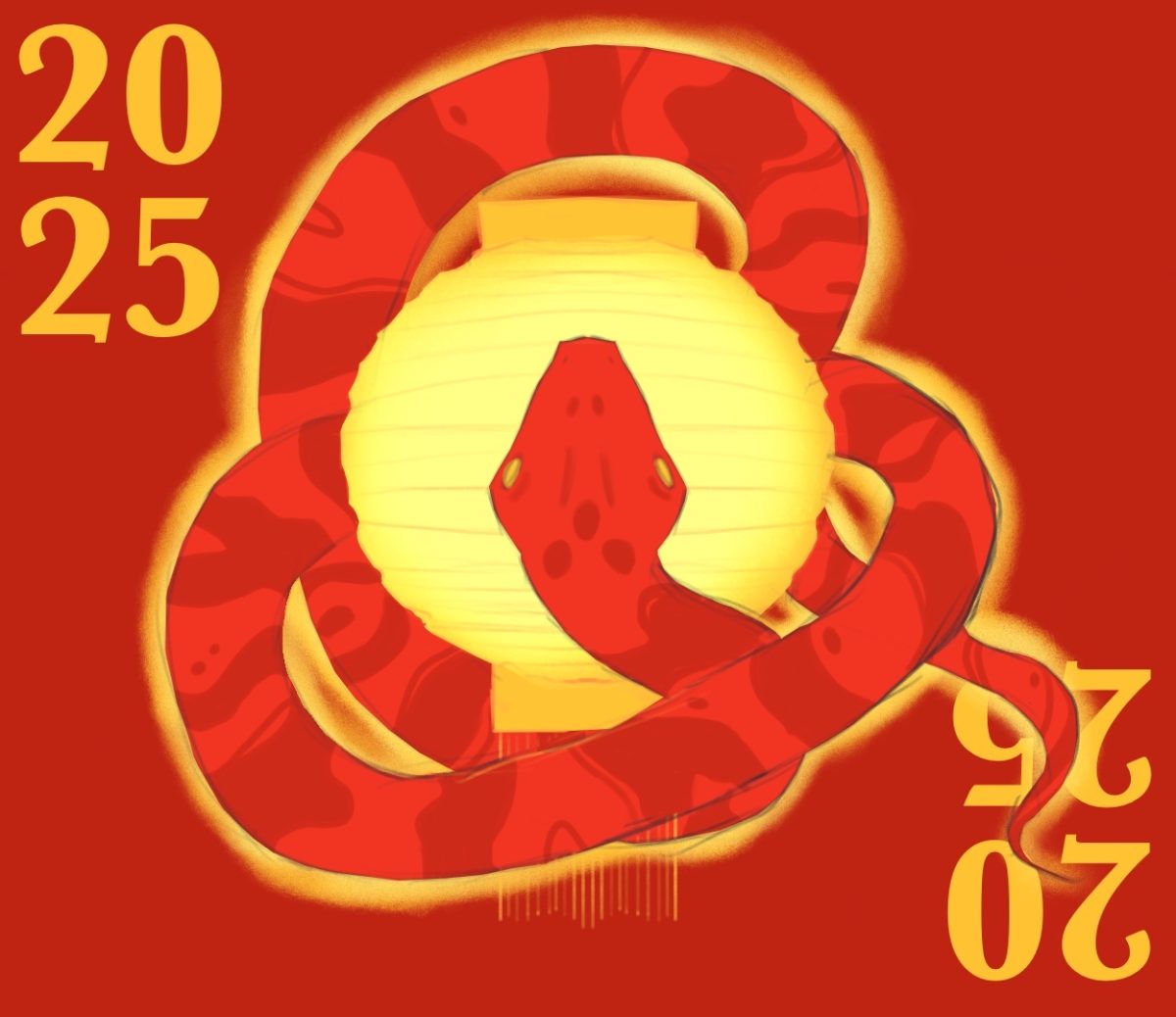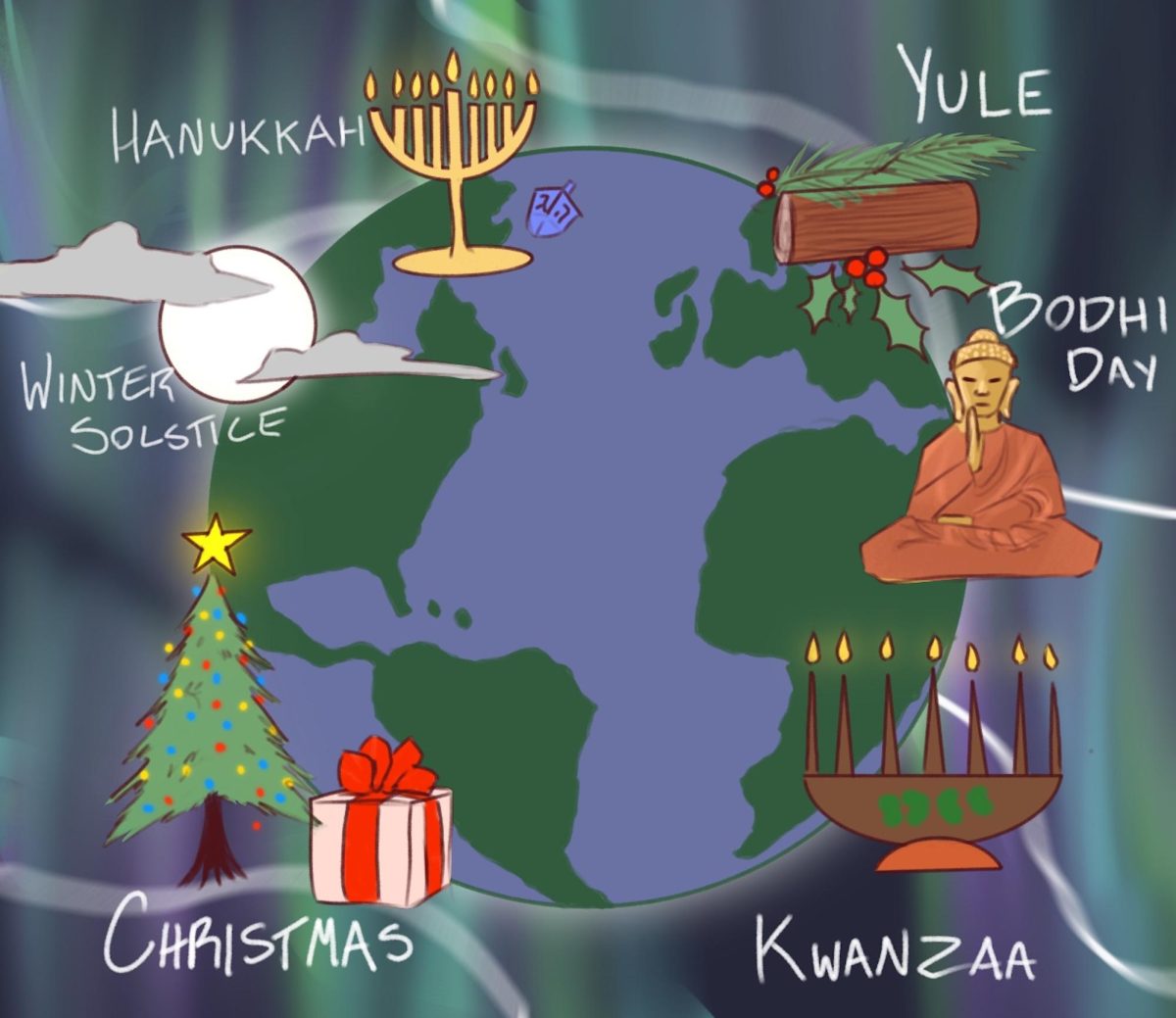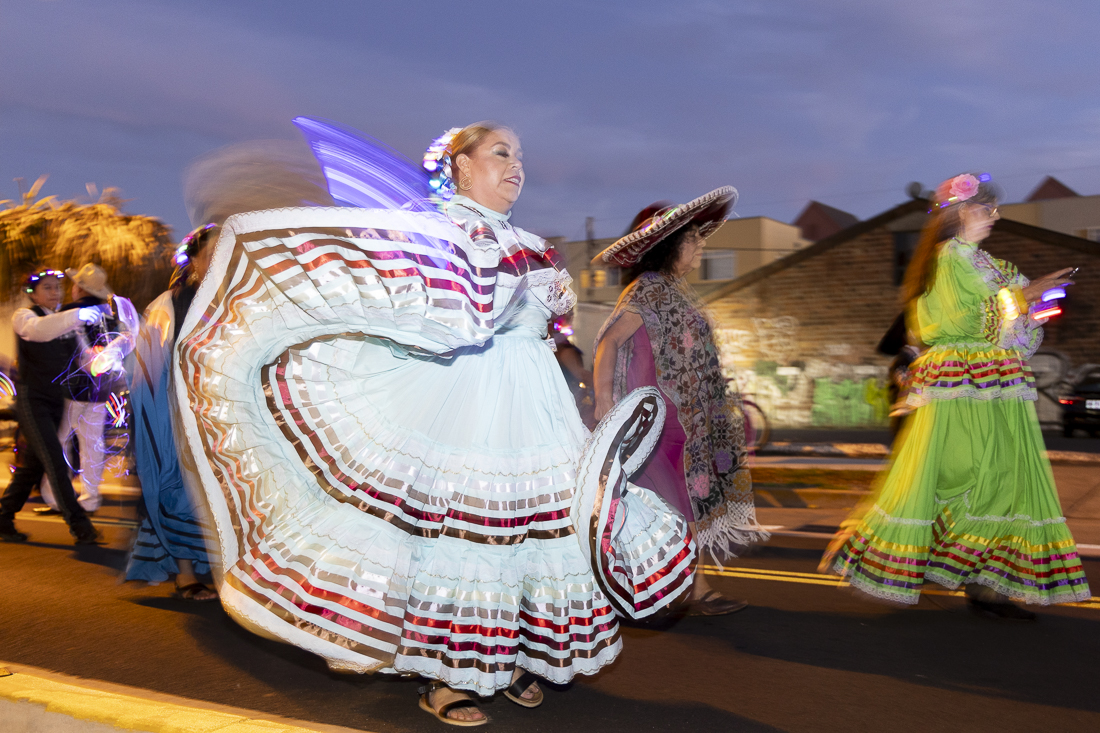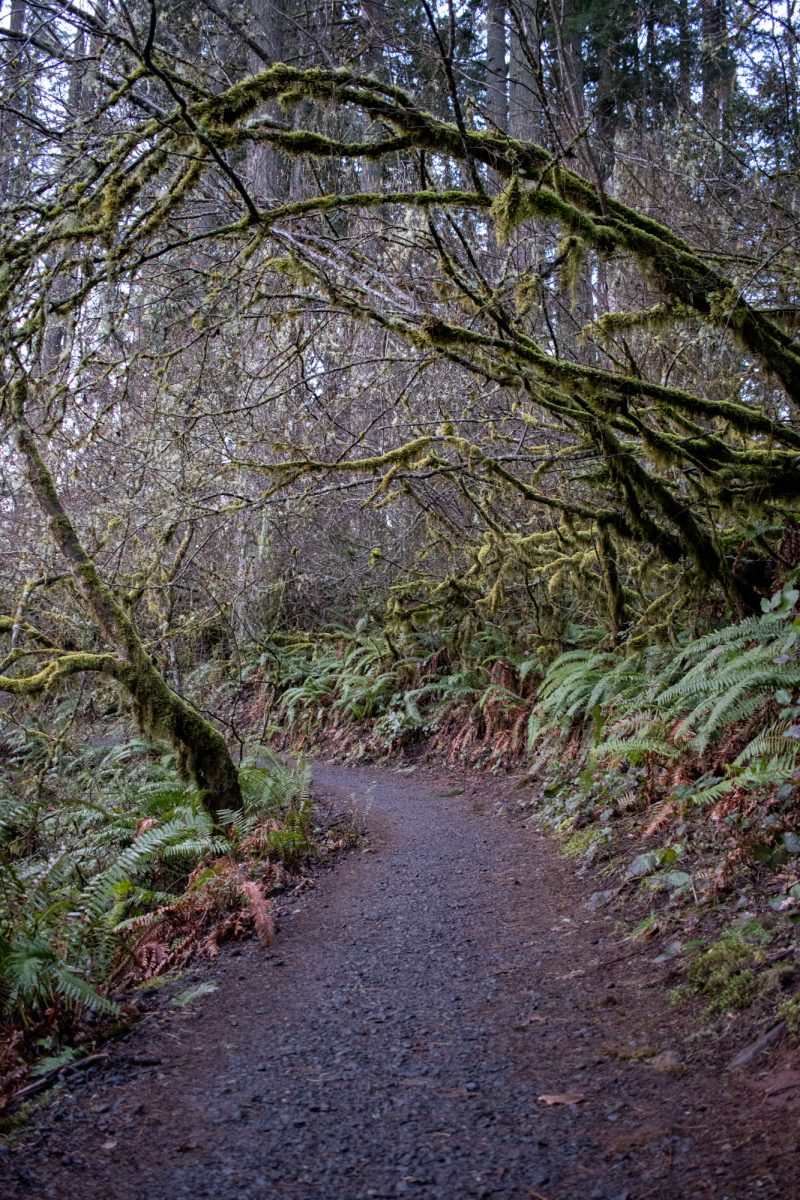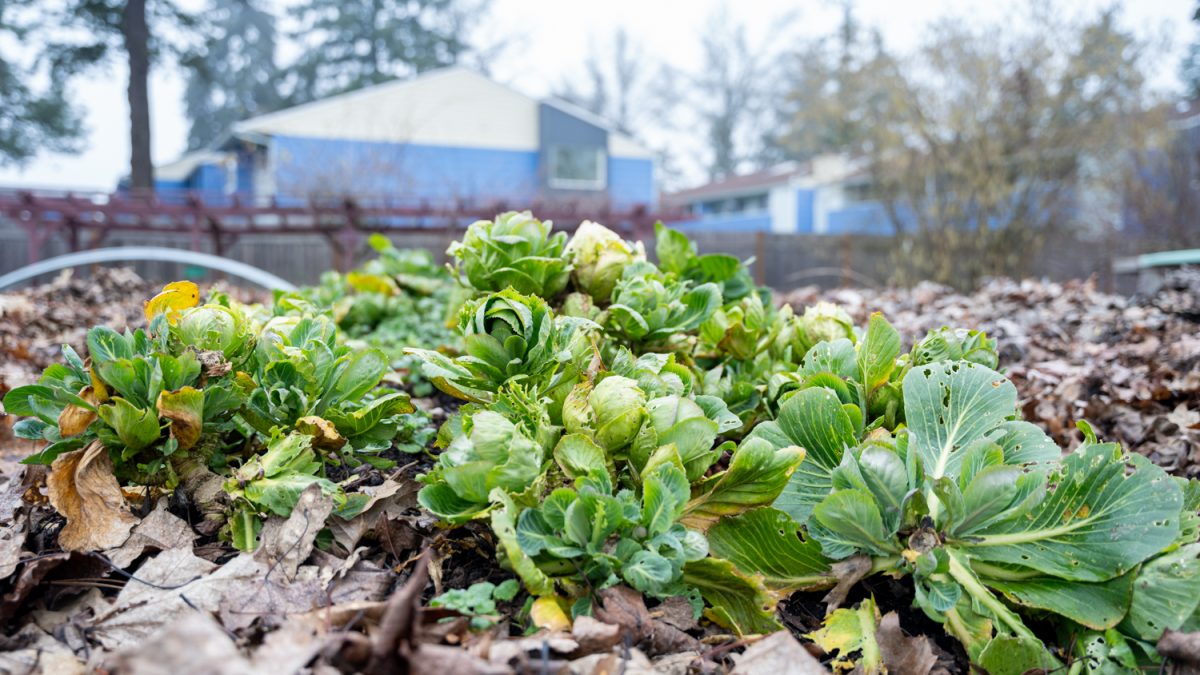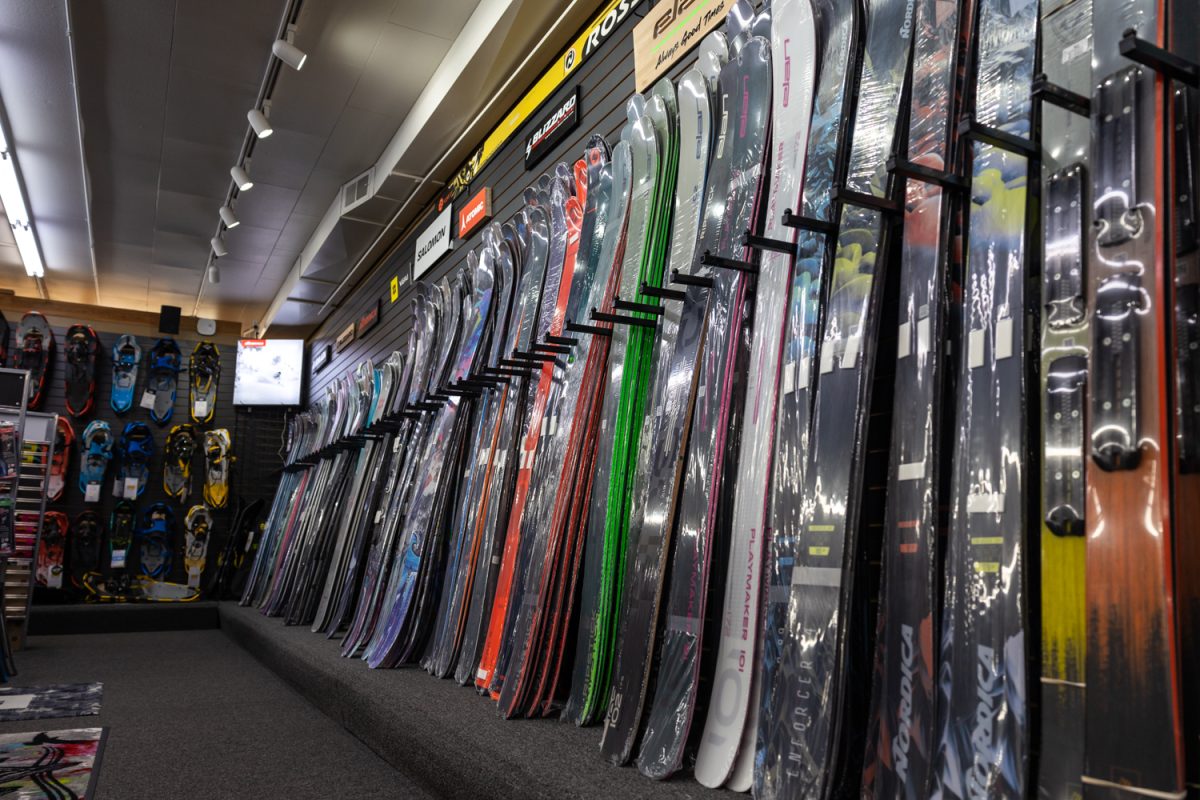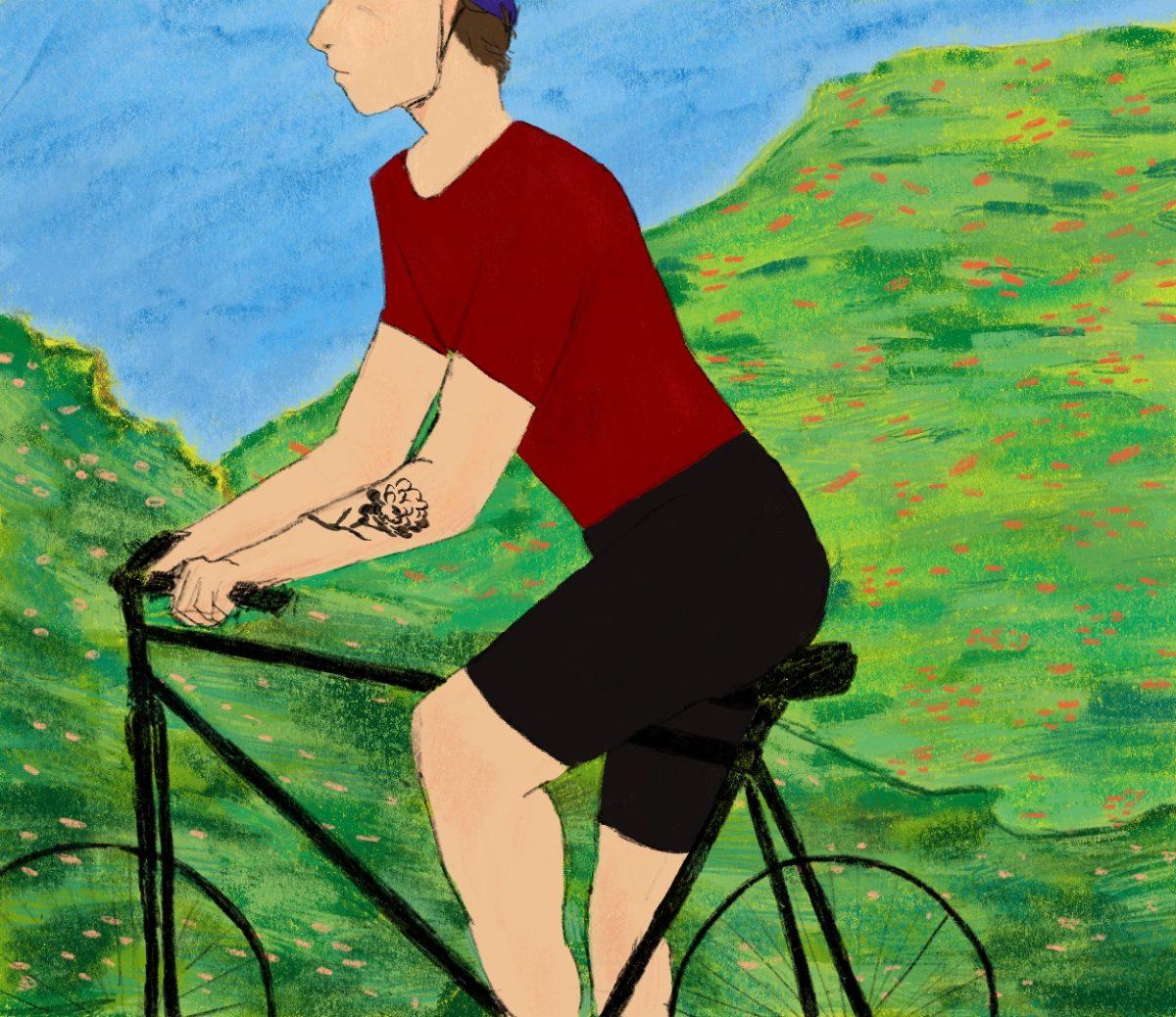Indigenous communities have suffered for centuries at the hands of settler colonialism. So many aspects of Indigenous life — as well as Indigenous practices — have been thrown to the curb by colonial settlers, leaving little to no resources for Indigenous communities around the country. Salmon, a vital part of tribal life in the Pacific Northwest and Northern California, have been put at risk for generations by this dynamic. Yet despite its dismal history, some tribal members see positive developments occurring in salmon habitat restoration, not the least of which is a new respect for tribal salmon management practices.
Salmon restoration with Indigenous practices
The Klamath River has been home to four massive dams since the early 1900s, but in June 2023, the process of dam removal finally began after a long period of activism and debate.
Dams pose a massive threat to salmon. Not only are they built to control water, but they block sections of rivers off, preventing wildlife from migrating through. This leads to widespread death of a litany of marine wildlife, including salmon, which critically harms Indigenous communities’ ability to maintain a functioning system.
Ron Reed, a ceremonial leader, dipnet fisherman and cultural biologist of the Karuk tribe on the Klamath River, has been working at the forefront of salmon restoration and restoring Indigenous practices for quite some time.
“The salmon is the ultimate monitoring tool,” Reed said. “How well the system is functioning is how well your salmon run is doing.”
Another crucial element of Indigenous practices is Indigenous fire. While fire and salmon might not appear to have any correlation, they are mutually important to each other –– not just in Indigenous communities, but as a model for resource management nationwide.
Indigenous fire practices have also proven to be effective wildfire management. These practices entail low intensity fires that minimize debris buildup on the ground, all while giving nutrients to the soil and protecting the canopies. High intensity wildfires occur when the landscape is not prepared for wildfire season, and Indigenous fire practices do just that. Not only do these fire practices prepare the environment around them for a healthier and safer wildfire season, but they do wonders for the health of salmon in the warmest times of the year. Kari Norgaard, UO professor of sociology and environmental studies, has conducted research on these very issues, noting the importance of Indigenous fire to the health of salmon.
“When there’s smoke in the air, the river temperatures drop, which is critical for salmon in the summer,” Norgaard said. “There’s a direct shading of the sun, but also because the plants reduce the amount of evapo-transporation. When a fire happens, plants don’t grow the same. Plants are reducing the amount of water they take up, so when fire happens, it’s causing more water to go into the stream.”
Indigenous, salmon-based struggles with non-Native agencies
A primary aspect of settler colonialism and its repression of Indigenous communities is its stranglehold on day-to-day tribal practices. Tribal nations are not granted remotely close to the same amount of resources as non-Native groups, which hampers tribal nations’ flexibility in continuing their ways of life. As mentioned earlier, Indigenous fire is paramount in keeping up an Indigenous way of life. When Indigenous communities want to do work on any given issue, including salmon restoration, intervention from federal agencies is constant.
“The tribal government is only an off-shoot of the federal government, so it’s colonial in nature,” Reed said. “The funding that we receive disallows us to follow the Indigenous strategy of life. So people like me fall out of the picture, because of our strong, inherent belief system that we gotta do things a certain way. It kinda creates an unhealthy product.”
Keyen Singer, UO’s Native American Student Union community relations director and UO’s Miss Indigenous 2023-24, has first-hand experiences with the ways in which non-Native groups and agencies colonize her land and her salmon. When asked how non-Native people can urge their local politicians to implement policies that benefit both tribal salmon and their Indigenous communities, Singer noted a key difference between tribal salmon runs and commercial salmon.
“The salmon are sometimes being overfished by commercial fishermen,” Singer said. “There’s a difference between us going out because we only fish for what we need for the community. Commercial fishermen come in and take a lot of fish to go sell to the general public. The government could implement Indigenous curriculum, giving non-Native people a chance to learn why the land is important. We could have a lot more people become allies within tribal communities.”
With that being said, there is light at the end of the tunnel. While most non-Native agencies enact policies that are detrimental to Indigenous lives, President Joe Biden has recently agreed to a 10-year partnership called the Columbia Basin Restoration Initiative, which aims to restore wild salmon populations in the Columbia River and increase tribally sponsored clean energy production.
Another thing that contributes to the rift between tribal communities and non-Native federal agencies is the ongoing conflict between the people in tribal communities advocating for salmon rights and agricultural farmers. Agricultural farmers benefit greatly from the implementation of dams in rivers, as they provide farmers with water that is diverted for irrigation as well as a reliable energy source. However, the implementation of dams is incredibly harmful to tribal salmon runs.
The dilemma has been at the forefront of this issue for many decades, and according to Norgaard, the best thing to do is to listen to the needs of both sides.
“The thing that can be done is just to listen to and be aware of everybody’s needs,” Norgaard said. “We need to work together and try to figure out what are the places that benefits can be gained for both sides.”
An essential cultural presence
Free-flowing rivers defined Indigenous life for their entire existence in North America. Salmon aplenty, economic freedom from colonial powers and an uninterrupted way of life. However, upon the arrival of colonial settlers, Indigenous people’s freedoms and resources were slowly getting stripped from them. Dams were built in a plethora of rivers nationwide and colonial agencies took over tribal governments, leading to the brutal silencing of tribal nations.
“We’re silent victims of this American Holocaust,” Reed said.
In recent decades, the introduction of dam removal projects has begun to restore hope for Indigenous communities who have been suffering for centuries. In Oregon, the Klamath River dam removals are creating that same impact.
“The most prolific spawning habitat in North America is gonna be reactivated,” Reed said. “That is gonna create a steep learning curve. We don’t know what’s gonna happen, but we know good’s gonna happen.”
While these dam removals are obviously crucial to the long-term survival of salmon habitats, they are striking a particularly meaningful chord with ceremonial leaders nationwide, including Reed.
“Indigenous people do not believe in miracles, we depend on them,” Reed said. “The dams coming out on the Klamath River is nothing short of a miracle. And now it gives ceremonial people like myself hope that I can restore the continuity between the Indigenous societies of this world to the Indigenous societies of yester-world. It’s not just fire, not just dam removal. It is the entire Indigenous knowledge concept.”
Salmon hold a unique place in the cultural foundations of tribal nations. In many tribal creation stories, salmon are credited as the first species to step forward and provide their body as food for the humans to survive. For that reason, lots of Native people feel obligated to provide the salmon with a healthy, plentiful habitat for them to live in exchange for their sacrifice as food. The bond between Native people and salmon can never be broken.
Keyen Singer, a member of the Confederated Tribes of the Umatilla Indian Reservation and Miss Indigenous UO 2023-24. (Lulu Devoulin/ Emerald)







